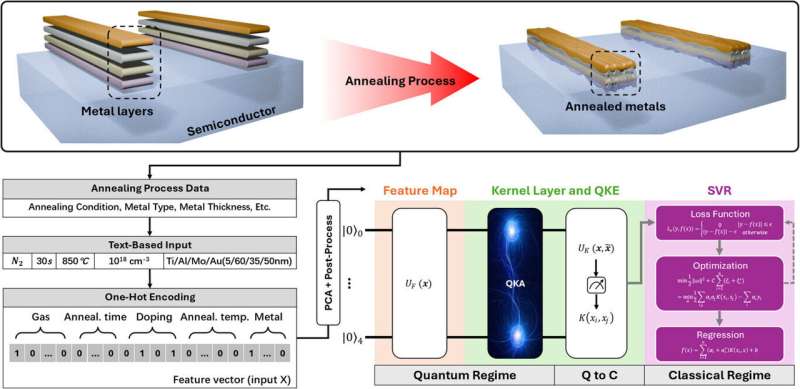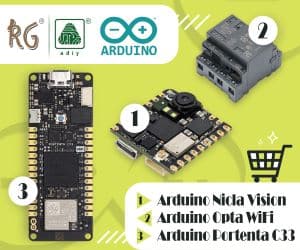
CSIRO researchers have used quantum machine learning to enhance semiconductor fabrication—a world-first that could reshape chip design and manufacturing.

In a world-first achievement, researchers at the Commonwealth Scientific and Industrial Research Organization (CSIRO), Australia’s national science agency, have successfully applied quantum machine learning (QML) to improve semiconductor fabrication—a notoriously complex and precision-driven process central to modern electronics.
The study demonstrates that QML can enhance the modeling of Ohmic contact resistance, a key parameter that influences electrical performance in semiconductor devices. This metric determines how efficiently current flows between a semiconductor and metal, and accurate prediction is essential for designing high-performance chips.

Traditionally, classical machine learning (CML) has been used for such modeling tasks, but it struggles with small datasets and nonlinear behaviors—common hurdles in semiconductor R&D. The CSIRO team, led by Professor Muhammad Usman, Head of Quantum Systems, sought a new approach using just 159 samples of gallium nitride high-electron-mobility transistor (GaN HEMT) data.
The researchers developed a novel Quantum Kernel-Aligned Regressor (QKAR) framework, which cleverly converts classical data into quantum states to perform machine learning, while still using classical post-processing for output extraction. This hybrid approach allowed them to reduce the complexity of the fabrication variables and outperform seven traditional machine learning models.
“Our method shows that quantum-enhanced models can yield more accurate predictions with limited data—common in real-world semiconductor scenarios,” noted the team.
This proof-of-concept not only demonstrates QML’s promise in chip manufacturing but also signals a broader shift in how quantum techniques might address computational bottlenecks across industries. As quantum hardware continues to mature, tools like QKAR could find widespread adoption in areas where data is scarce, yet precision is critical.
The advancement could lead to cost-effective, higher-performance semiconductor production and offers a glimpse into the transformative potential of quantum computing in solving problems that classical systems cannot handle efficiently.










